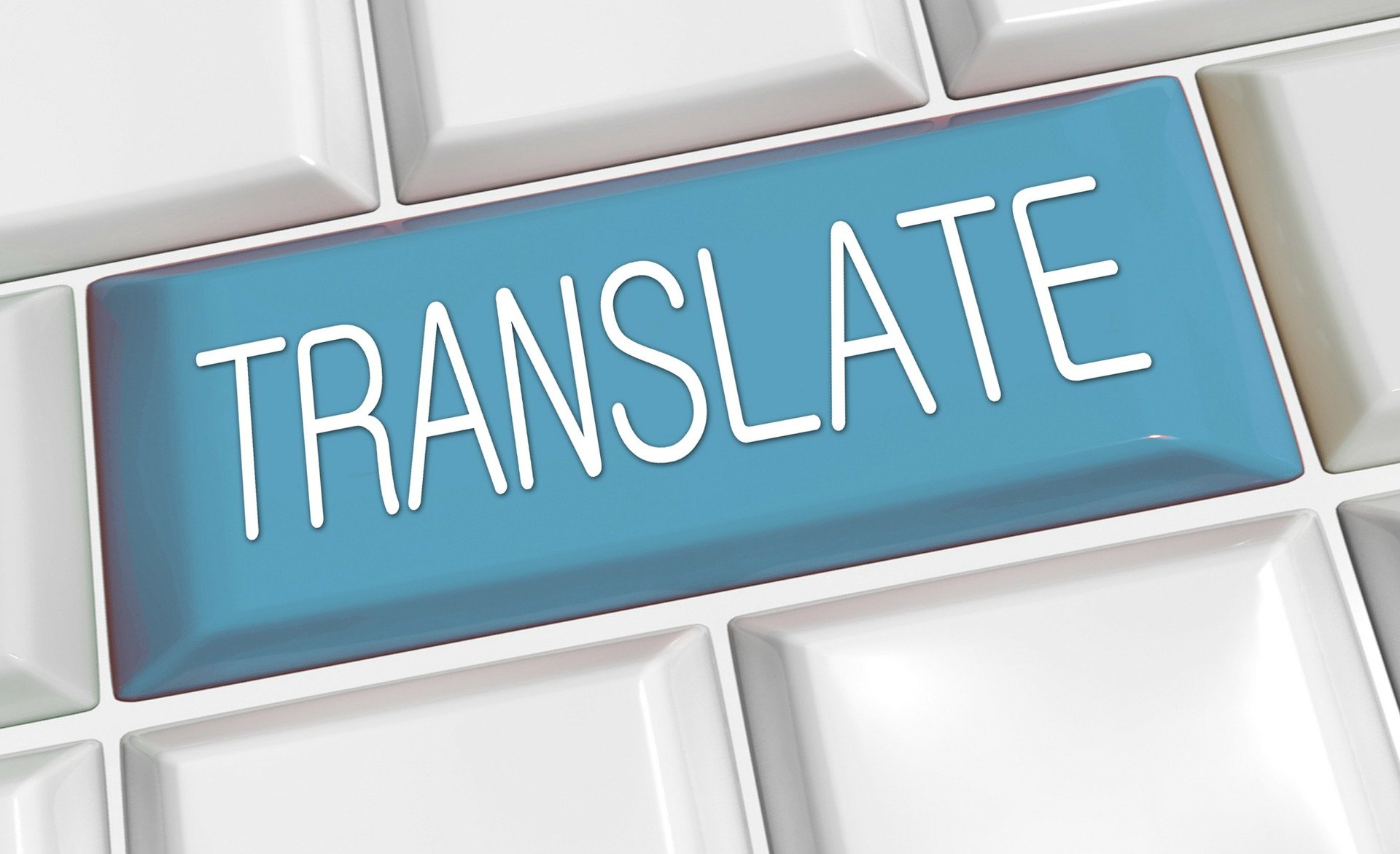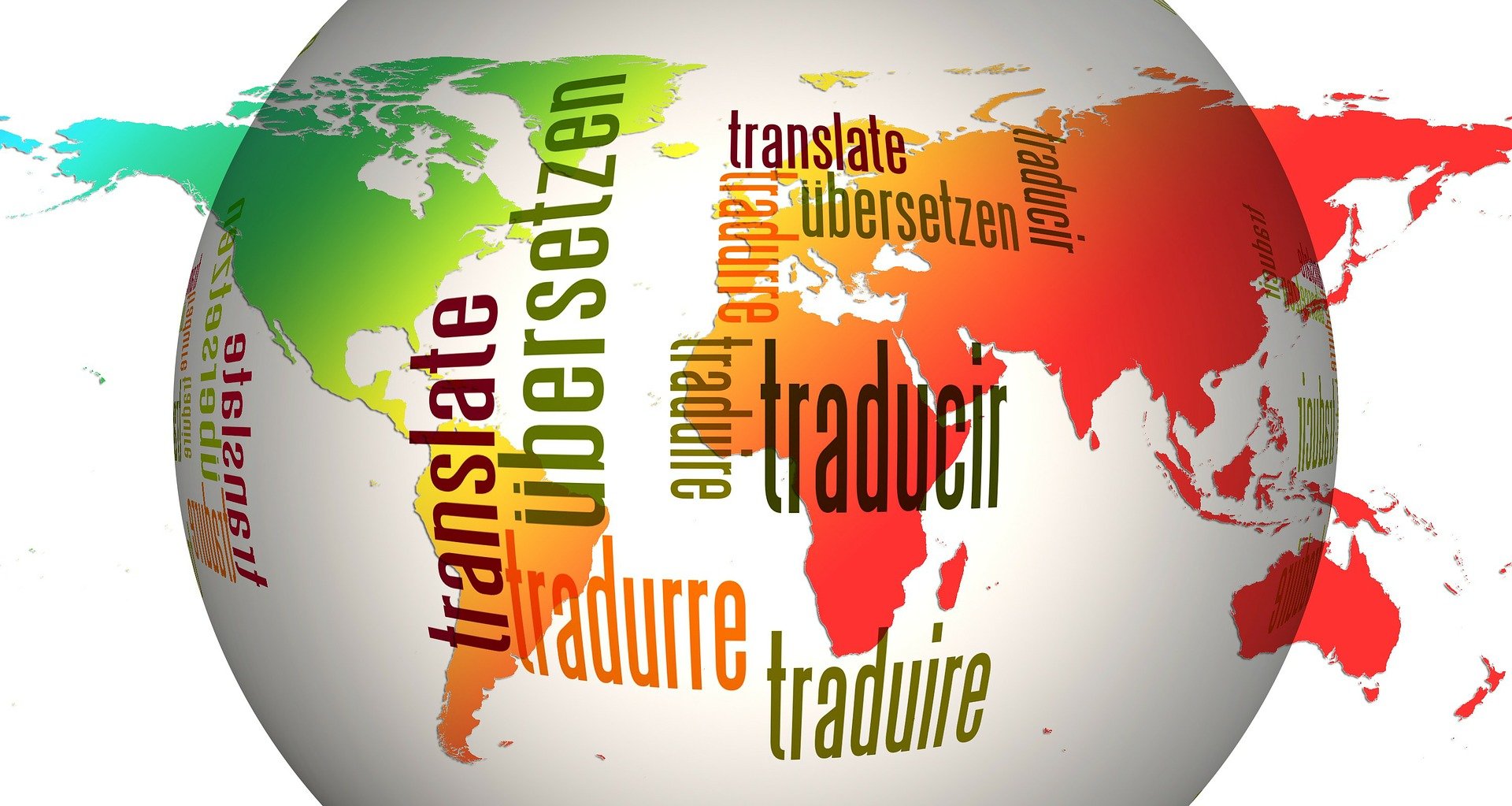Listen to Audio Version:
This week we’ll continue talking about the vocabulary of legal translation and what some of the terms you may hear mean. Knowing how these terms differ, and how they relate, will help you make the most informed decisions about translating your legal documents and materials.
 Transliteration
Transliteration
Transliteration is the conversion of words or letters from one script or alphabet to another. This is generally a letter-to-letter conversion with little to no regard for sound, meaning and intent. Transliteration is generally only of use for academic or historical purposes, and is not a method of conveying a message from one language to another. This is definitely NOT a good option for your legal materials.
Transcreation
One step beyond localization, which was defined in the blog Getting the Right Type of Legal Translation, is transcreation, where the linguist does not simply translate the materials, but takes the idea of the original content and creates new content in the target language to communicate the message. For example, we offer a package for a business incubator that supports companies expanding into the United States by offering a US English language package that includes a brochure, website, fact sheet and investor deck. The messages and look of these materials undergo “transcreation” from the original language and format so the company can speak directly to US investors and clients. In this case localization is not enough, these materials are transformed to follow the business and consumer norms of the US. This is especially useful when expanding into a market with a culture that is vastly different than the one in which the business was built.
 Transcription
Transcription
Transcription converts sound to written material. The most widely understood definition is for creating a written script of a recorded interview or deposition. The transcriber listens to the recording and then writes the words into a document. Audio transcription is best done in the original language of the recording. When a legal client asks for a transcription of an audio file from one language into another, we transcribe the recording into a written form in the original language, and then provide that file to the professional translator to translate it into the target language.
 Crowdsourcing Translation
Crowdsourcing Translation
Open Source is a term, and a practice, that is becoming more and more prevalent in today’s businesses. The main use of the term open source refers to technology and applications accessible to all. A recent open source trend we see is “crowdsourcing translations” where people open projects to the world-at-large for input on translation.
The benefits of crowdsourcing translation include input from different regions and languages, quick turn-around time, more accuracy than machine translation, and free of cost.
But, the downside of using crowdsourcing translation can be quite steep. Organizations need technological resources to distribute the content and an experienced manager to oversee the process. The bigger the number of people involved, the more cumbersome the process becomes. Plus, the translation is only as good as the translators who do the work. By not using professional translators who know the legal industry and laws, you risk your message and your bottom line. In addition, since your copy is shared across the internet with multiple people, you sacrifice any confidentiality and possibly ownership of the materials. We recommend a professional legal translation company.
We hope that this helps clarify any confusion about the terms described. If you still have questions the experts here at Rapport International are always happy to provide you with free consultations to clarify things for you or guide you toward the best legal translation products. Please contact us if you need more information or if you would like to receive a free quote for your project.
Join us next time when we talk about Legal Translation Technology.
Rapport International specializes in multilingual communications, providing language translation and interpretation services that are accurate and culturally appropriate. We use the right voice and the correct terminology to avoid liability, customize services to your needs, and deliver on time and within your budget. With our 100% satisfaction guarantee, you can trust that it’s done right. Contact us today if you would like more information or to get a free quote.
Popular Posts
Popular industry news, interviews, technologies, and resources.

















